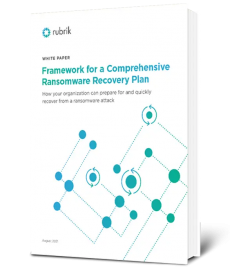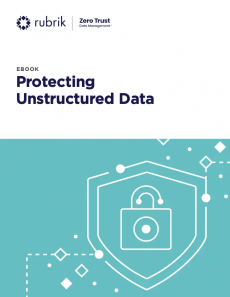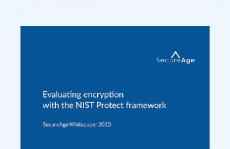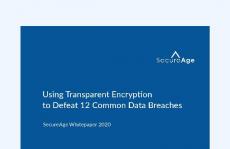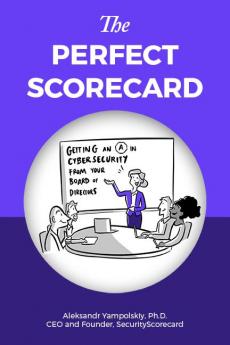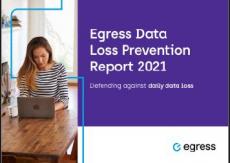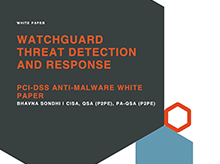Framework for a Comprehensive Ransomware Recovery Plan
Let's face it, recent ransomware attacks have caught many IT professionals off guard. Reason being is they honestly didn't have adequate plans in place. And it's not totally their fault. The ransomware attacks of today are far more sophisticated. Which means you need an equally sophisticated, yet easy to implement plan in place to survive and recover. In this whitepaper, Framework for a Comprehensive Ransomware Recovery Plan, we give you the tools to develop your own ransomware recovery playbook.


